Incoming CEO is writing Target's next chapter, including largest store overhaul in a decade
Published in Business News
Brian Cornell opened Target’s earnings call last week by listing his accomplishments as CEO and taking responsibility for the company’s current woes.
Then, in a pass-the-baton moment, he turned the mic over to his successor, company veteran Michael Fiddelke, who laid out the early details of his turnaround plan: an extra $1 billion to remodel and rearrange stores, revamp merchandise and leverage technology.
Fiddelke’s message on Wednesday was the clearest acknowledgement yet that Target had lost the edge that once prompted cultural nicknames like “Tar-jay” and carried it through storied pandemic-era growth.
“We are confident we are on the right path,” he said.
But the finer details won’t be divulged until March, leaving some analysts wondering if Target is moving quickly enough as Walmart, Amazon, Costco and fast-fashion rivals like Shein and Temu continue to grab market share.
The day after Target reported a nearly 20% drop in profits and continued declines in sales, Walmart took the stage and announced the opposite.
“While laying the groundwork for a recovery, we continue to look for more aggressive and disruptive action from new senior leadership,” wrote Mizuho analyst David Bellinger in a post-earnings note.
Walmart said Thursday it would move its stock from the New York Stock Exchange to Nasdaq, joining the likes of Amazon, Nvidia and Microsoft, and sending out another signal it has become a global online enterprise, putting it in a lane apart from Target.
But the Minneapolis-based retailer still competes with Walmart’s U.S. stores, and company officials have acknowledged Target is losing the battle on price. It has rolled out several price cuts, but is still ceding market share to its Arkansas-based competitor.
While lower-income shoppers continue to face more pocketbook pressure, Walmart CEO Doug McMillon said middle-income spending has held steady and higher-income individuals continue to make more trips to its stores.
Walmart’s upgrades to its product assortment and stores continue to attract more higher-income shoppers, while Costco’s membership model has pulled in value-seeking consumers.
“We like the value proposition that we’re offering for our customers, and you see that’s why we’re gaining share,” Walmart Chief Financial Officer John Rainey said.
Target’s traffic and average transaction amount fell in the most recent quarter.
Fiddelke and Rick Gomez, Target’s chief commercial officer, have repeatedly said Target’s way forward is “design-led,” focused on stronger merchandise and better stores.
“The number one thing Target would always beat Walmart on is appearance of the stores. Not true anymore,” said Gerald Storch, former Target vice chairman in the 1990s and early 2000s, in a CNBC interview. “Walmart’s done a ton to catch up, while Target seems to have gone a little bit backward.”
Scot Ciccarelli, managing director at Truist Securities, said Target’s “self-inflicted wounds” include poor inventory management, declining store conditions and widening price gaps with competitors.
Target’s step back from certain diversity initiatives earlier this year also resulted in a boycott that hurt traffic.
Ciccarelli projects Walmart will grow its sales by “almost another Target” between 2021 and 2025, while Target’s sales remain flat or fall.
Walmart reported sales increases from August through October. Rainey said strong back-to-school and Halloween seasons have made the retailer optimistic heading into the holidays.
Target, however, saw softer demand even during Halloween, with many shoppers buying costumes and candy but skipping decorations — a pattern it expects to continue through the holidays.
Target officials pointed to two bright spots in the latest quarter.
After years of mounting frustration from shoppers over empty shelves, Target said on-shelf availability of high-demand goods improved from a year ago. There’s still room to go, Fiddelke said, but two straight quarters of progress marks a welcome shift.
Some noted the real test will be when shoppers stop pointing out empty spots on shelves.
“[Target] needs to show meaningful progress — and that must come through in what customers see and not just in vague metrics,” wrote Neil Saunders, managing director at GlobalData Retail, in an analyst note.
The second bright spot came in hardlines, which includes toys, electronics and sporting goods. Sales were up, boosted by the popularity of trading cards and partnerships with “Stranger Things” and Taylor Swift.
Executives said the gains reflect better trend-spotting in that department.
The extra $1 billion in capital spending next year, on top of the $4 billion already allocated, will help fund one of the largest overhauls of Target’s store footprint in a decade, Gomez said.
Some analysts hoped for a larger swing, noting Cornell’s $7 billion investment in remodels and tech upgrades in the years leading up to the pandemic. While the stock had only a slight decline last week, it has fallen 38% this year.
They also pointed to Target’s decision to cut 8% of its corporate staff — the largest reduction in a decade — as necessary but insufficient for a turnaround.
“These are mostly going after savings opportunities to then fund growth initiatives that will have to be much more significant than just leaning out the headquarters,” said Toopan Bagchi, managing director of Starship Advisors.
Without giving away too many details, Gomez said the company is zeroing in on home and baby, and health and beauty, which Target plans to relaunch after its partnership with Ulta ends in August 2026.
In New York, the previously announced SoHo store redesign will emphasize apparel and beauty over everyday essentials.
Fiddelke also highlighted a pilot that will take fulfillment out of the busiest stores to improve operations.
Some analysts said they wanted more than broad strokes.
“We were a bit surprised by the positive tone on the call and management highlighting a list of small wins, but not enough to really move the needle,” said Bellinger, the Mizuho analyst.
Target has leaned into in-store experiences as the holidays near, including Woolrich, Taylor Swift and “Stranger Things” promotions and “alpine village” displays.
It also rolled out AI-powered tools such as a gift recommendation feature and updates to its app, alongside a new partnership with OpenAI.
Retail consultant Carol Spieckerman said this year’s holiday approach feels “multipronged” and more cohesive, even if certain aspects resemble promotions from years past.
“They’re finally playing offense,” she said.
When Fiddelke takes over as CEO in February, Cornell will shift to executive chair — a move that has raised questions about how much room the new chief will have to set a different strategy.
“[Target’s] choices would seem to suggest they’re going to move forward in their typical, historical strategy,” said David Larcker, director of the Corporate Governance Research Initiative at Stanford’s Graduate School of Business. “But you wouldn’t say that’s something you would do if you’re going to have drastic strategy changes.”
The shift in leadership will come at the same time Walmart’s McMillon hands the reins to John Furner, president of Walmart U.S.
Furner’s background spans merchandising roles across Walmart and Sam’s Club. Fiddelke’s career, by contrast, has largely centered on finance and operations.
It leaves several analysts wondering if Fiddelke will be aggressive enough with change.
“The finance leaders are often the conservative counterweights to the marketers, the merchandisers, the sales folks,” Bagchi said. “They’re much more focused on the bottom line and ensuring profitability.”
Fiddelke, though, has emphasized the company needs a cultural shift.
“We’re far from satisfied with our current results, and we won’t be satisfied until we’re operating at our full potential,” he said.
©2025 The Minnesota Star Tribune. Visit at startribune.com. Distributed by Tribune Content Agency, LLC.
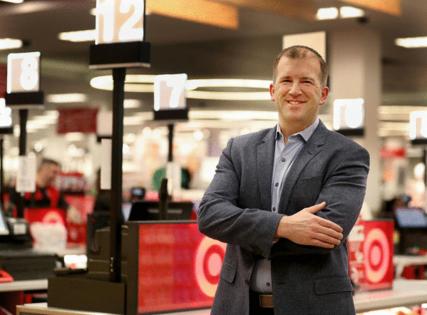

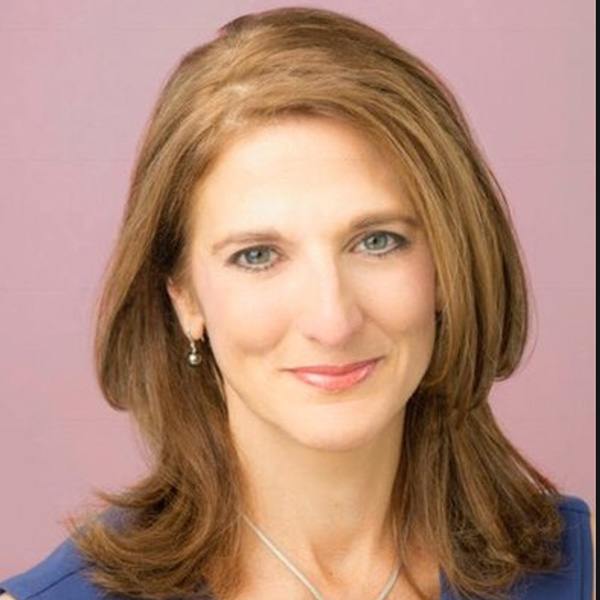
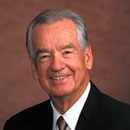
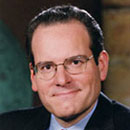
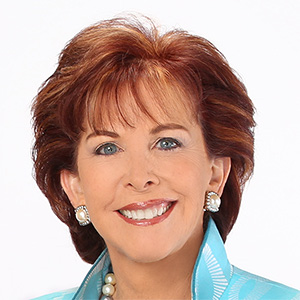

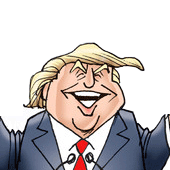




Comments